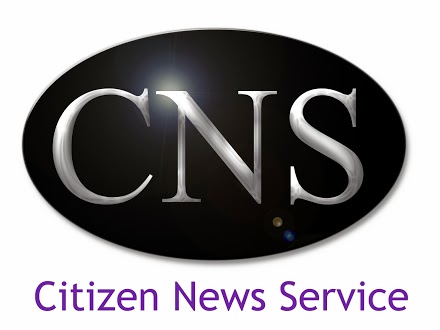
Nomampondo Barnabas,Civil Society Liaison Officer, International Union Against TB and Lung Disease (The Union)
(Image by CNS (Citizen News Service)) Details DMCA
AIDS 2016, the XXI International AIDS Conference - (with the theme of 'Access Equity Rights Now'), which will be held in Durban, South Africa, from 18 to 22 July 2016, marks a dramatic change in the country's AIDS response in the 16 years since XIII International AIDS Conference (AIDS 2000), which was also held in Durban.
"When Nelson Mandela addressed the 12,000 participants at the XIII International AIDS Conference in Durban in 2000, no one knew what the future held for the AIDS response. Access to lifesaving antiretroviral drugs in 2000 was sharply limited, and donor spending on AIDS activities amounted only to a small fraction of current funding levels. AIDS 2000 was characterised by conflict between politics and science, and vocal activism for access to universal HIV treatment, which was at the time excluded from South Africa's AIDS policies," said Mr France K Morule, High Commissioner of South Africa in India in an interview with CNS (Citizen News Service).
Political will and domestic funding both key
"Today, South Africa is seen by the global community as having a model AIDS response. The biggest sea change in the national AIDS response has been a strong demonstration of political will and leadership to address the massive HIV epidemic. South Africa invests heavily in its own HIV response and now funds 85% of the national AIDS response through public and private sector funds," said Mr France K Morule.
In 2010--11, it successfully implemented a mass HIV-Counselling and Testing (HCT) campaign, which saw 20 million people tested for HIV in 20 months. The HCT campaign was a catalyst for the rapid growth in the HIV-treatment programme. The country now has nearly 3.2 million people on HIV treatment--the biggest HIV-treatment programme in the world. As a result, HIV-related deaths decreased from 330,000 in 2010 to 140,000 in 2014. The evidence-based, multi-pronged approach adopted for prevention of mother-to-child transmission programme in South Africa has seen the rate of babies born with HIV decrease significantly from 8% in 2008 to 2.6% in 2013. The number of 0 to 14 years children living with HIV and on antiretroviral treatment, while still lagging behind, has also increased fourfold--from 42,000 in 2009 to 166,000 in 2014, informed Mr France K Morule.
What made all of this possible?
Education: Mr France K Morule said that part of South Africa's dramatic strides in the battle against HIV/AIDS can be attributed to its education programme around the disease. The programme has targeted various levels of academic and social institutions through a multi-pronged approach. By engaging the population from a young age the programme has been able to reinforce the message, throughout the developmental years of children, about the need to practice safe sex. Coupled with the mainstreaming of knowledge about HIV/AIDS, the programme was also able to deal with the critical issue of de-stigmatising the disease.
In South Africa there was structural/societal as well as the personal/self-imposed stigmatisation of HIV/AIDS and TB. The relevance of stigma cannot be underestimated due to the causal relationship between stigma and people seeking alternative remedies that are better concealed, rather than going to government-run programmes, which may create/reinforce the already present stigma. These programmes have sought to change the perception that HIV/AIDS is a death sentence and further remove the myths relating to the transmission of the disease.
(Note: You can view every article as one long page if you sign up as an Advocate Member, or higher).





